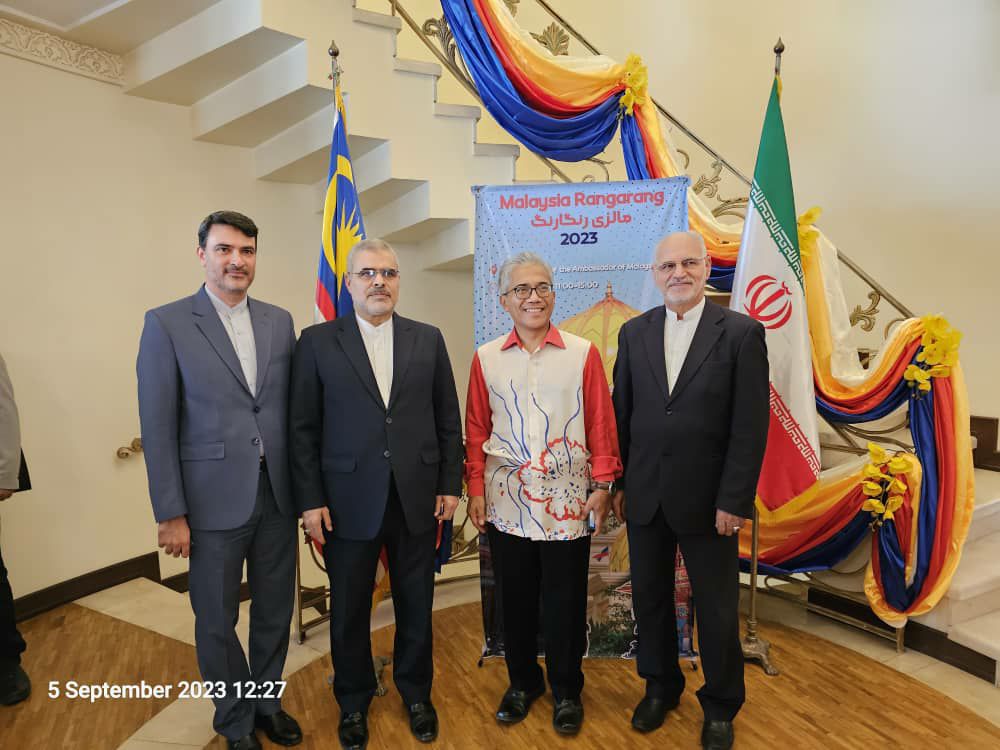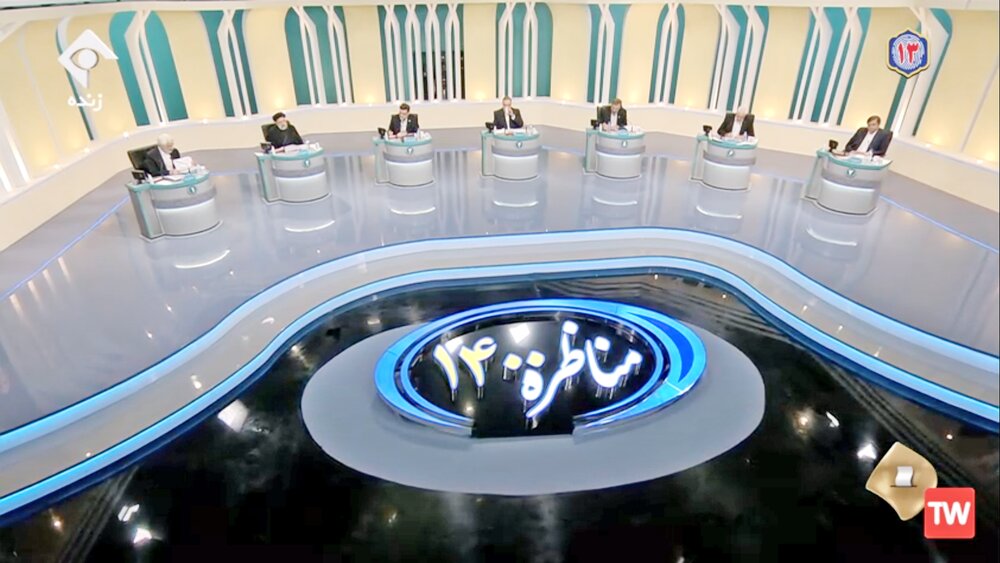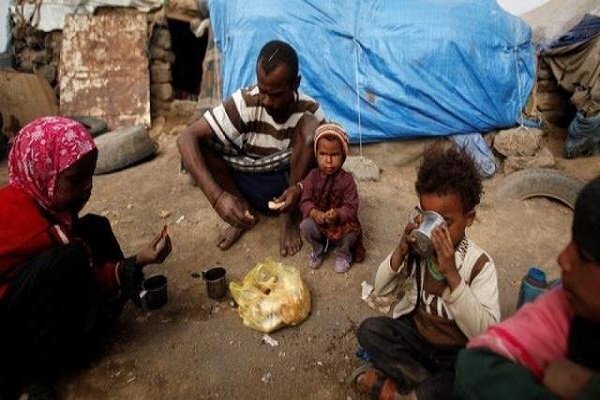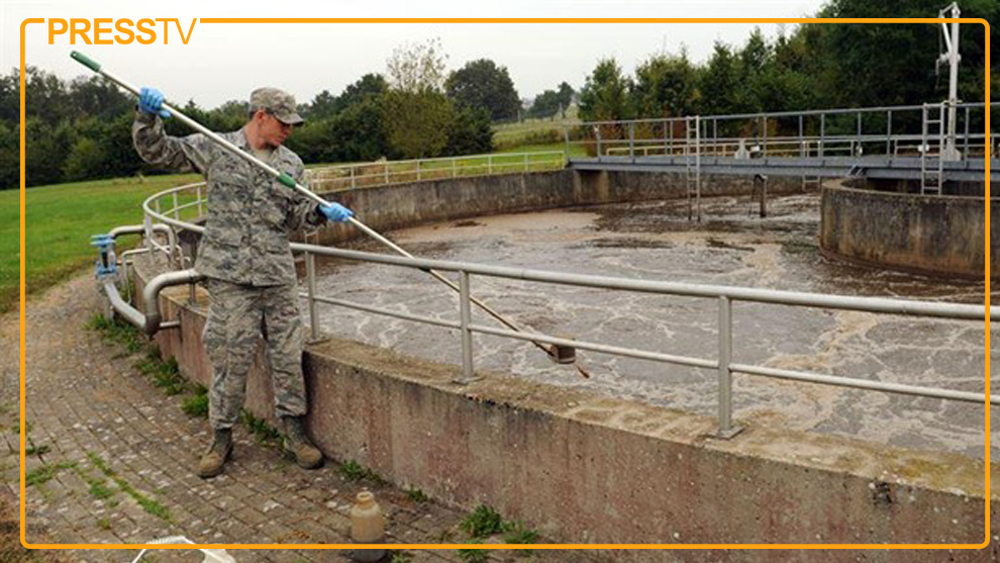$17b Pressure Boosting Contract Signals Rebirth for South Pars Gas Field
TEHRAN (Iran News) Paknejad emphasized that the contract, signed seven months into the 14th administration’s tenure, fulfills a long-standing ambition. “This is a pivotal step toward achieving the quantitative goals outlined in the Seventh Development Plan,” he said, noting that Iran aims to increase its daily raw gas production to 1.34 billion cubic meters by the plan’s end.
The South Pars field, which Iran shares with Qatar, supplies roughly 70% of the nation’s gas, fueling households, small and large industries, and power plants. However, three decades of joint extraction have led to a natural decline in reservoir pressure, threatening output levels. Paknejad warned that without intervention, production could drop by the equivalent of one South Pars phase by 2027 and 1.5 phases by 2029. “From 2027, we’ll see a reduction equivalent to one phase, exacerbating gasoline imbalances since 40% of Iran’s gasoline comes from South Pars condensates,” he added.
To meet the 1.34 billion cubic meter target within four years, an average annual investment of $19 billion is required, totaling $75 billion over the period. Of this, $53 billion will fund new gas field development, while $22 billion—including the $17 billion South Pars project—will sustain existing production capacity. Paknejad stressed the need for meticulous planning to leverage national financial resources, citing potential funding from the National Development Fund and energy-intensive industries like petrochemicals, as stipulated in the Seventh Development Plan.
The minister also highlighted a competitive challenge from Qatar, which has already begun preparing platforms and turbo-compressors for pressure boosting. “In two years, Qatar could increase production from its North Dome section, potentially drawing gas from Iran’s side due to pressure disparities,” Paknejad cautioned. This urgency underscores the strategic importance of the South Pars initiative.
The pressure boosting scheme comprises seven hubs, each with four platforms: one for power generation, one for accommodation, and two for compression units. Each platform will house four high-capacity SGT-700 turbo-compressors, totaling 56 across the project. While some components will be sourced domestically, technology transfers from foreign partners will also play a role. Each hub is estimated to cost $2.5 billion, with the full $17 billion investment projected to generate $780 billion in field revenue by 2056—an economic boon Paknejad described as too critical to delay.
The contracts were signed with four major Iranian contractors—OIEC, Mapna, Khatam-al Anbiya, and Petropars—who will serve as general contractors, subcontracting to private firms to maximize local expertise. Paknejad noted their prior experience in South Pars development as a key asset. He contrasted this with preliminary $400 million contracts from the 13th administration, which he criticized as underfunded and ineffective, saying, “Not a cent was spent.”
The project’s financial model will follow the “IPC” (Iran Petroleum Contract) framework, with negotiations underway with the National Development Fund for “EPCI” (Engineering, Procurement, Construction, and Installation) agreements. Technologically, the initiative will elevate Iran’s capabilities, particularly in designing and building heavy platforms weighing 7,000–8,000 tons—double the 3,500-ton limit of past projects. With 420,000 tons of marine structures and 600 kilometers of subsea pipelines planned, 70% of the work will be executed by Iranian companies, creating a nationwide industrial boom.
Economically, the project promises 17,000 direct jobs and 50,000 indirect jobs, alongside sustained energy security. Paknejad urged swift financial approvals from the National Development Fund and Budget Organization to kickstart operations, warning that delays could jeopardize national interests.
Following his address, Deputy Oil Minister Hamid Bovard, representing the National Iranian Oil Company, signed the contracts with the four firms. This $17 billion endeavor not only aims to offset pressure declines and prevent gas migration to Qatar but also to stabilize gas and gasoline supplies, reinforcing Iran’s position in global energy markets. As the South Pars field enters a new era of sustainable exploitation, its success could redefine Iran’s economic trajectory for decades to come.
- source : IRAN NEWS ECONOMIC DESK






























